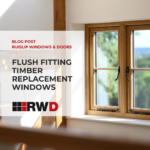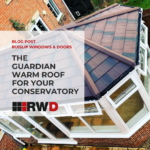Which uPVC double glazed windows are the best for me? 🤔
We all want the best for our homes. But if we’re thinking about upgrading our windows, what exactly are the “best” double glazed windows for our home, and why? The best of anything will most likely depend heavily on your own personal needs, wants, expectations and inevitably your budget. One of the most popular reasons […]







